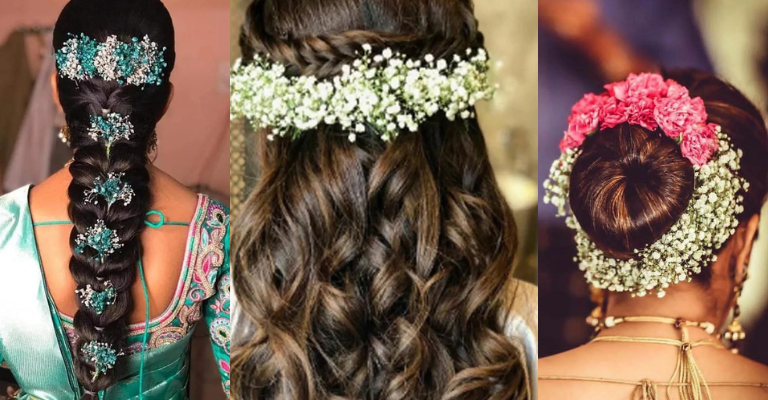Gajra: The Timeless Elegance of Indian Floral Accessories
Gajra, an enchanting floral accessory, has been a staple of Indian culture for centuries. These exquisite garlands made of fresh flowers are not just adornments; they symbolize beauty, purity, and the rich traditions of Indian heritage. With a history that dates back to ancient times, gajras have adorned the hair of women across diverse regions, enhancing their elegance and charm. This article delves into the significance of gajra in Indian culture, its various types and uses, and the resurgence of this timeless accessory in contemporary fashion, making it a must-have for anyone wanting to embrace Indian aesthetics.
The Cultural Significance of Gajra
In Indian culture, flowers have always held a special place, symbolizing love, devotion, and spirituality. Gajra, made from a variety of flowers such as jasmine, marigold, and rose, is often worn during festivals, weddings, and auspicious occasions. The jasmine gajra, in particular, is favored for its sweet fragrance and delicate appearance, making it a popular choice among brides. According to studies, the use of floral accessories like gajra can be traced back over 5,000 years to the Indus Valley Civilization, where evidence of floral adornments has been found in archaeological sites.
Types of Gajra
Gajras come in various forms, each with its distinct flowers and significance. The most popular type is the jasmine gajra, known for its fragrant white blooms. It is often used in weddings and religious ceremonies. Another common variety is the marigold gajra, celebrated for its vibrant colors, which symbolize prosperity and auspiciousness. Rose gajras are also popular, particularly during festive occasions, as they convey love and admiration.
The Craftsmanship Behind Gajra
The creation of gajras is an art form that requires skill and patience. Local artisans, often referred to as “florists,” play a crucial role in crafting these beautiful accessories. They carefully select fresh flowers, ensuring they are in full bloom and of the highest quality. The process of making a gajra involves stringing together the flowers on a thin thread, a technique that has been passed down through generations. This meticulous craftsmanship not only preserves the beauty of the flowers but also ensures the gajra retains its fragrance.
Gajra in Contemporary Fashion
In recent years, gajras have witnessed a renaissance in contemporary fashion, transcending their traditional roots to become a stylish accessory for modern women. Fashion designers have embraced gajras, incorporating them into their collections, showcasing them on runways, and styling them with both Indian and Western outfits. Celebrities and influencers have also popularized gajras through social media, showcasing their versatility and charm, making them a fashionable choice for various occasions.
Gajra as a Symbol of Sustainability
As the world moves towards more sustainable practices, gajras represent a beautiful blend of tradition and eco-friendliness. Made from natural flowers, they are biodegradable and do not contribute to environmental pollution like synthetic accessories. Moreover, the practice of using local, seasonal flowers not only supports local economies but also promotes biodiversity. This shift towards sustainability is crucial in combating the environmental challenges we face today.
Conclusion
Gajra is more than just a floral accessory; it is a testament to the rich cultural heritage of India. From its historical significance to its modern interpretations, gajra embodies the timeless elegance that continues to captivate people across generations. As it seamlessly blends tradition with contemporary fashion, gajra has found its rightful place in the modern wardrobe, making it an essential accessory for anyone wanting to celebrate Indian culture. As we move towards a more sustainable future, gajras stand out as symbols of beauty, tradition, and environmental consciousness, ensuring that this exquisite floral adornment remains relevant for years to come.






